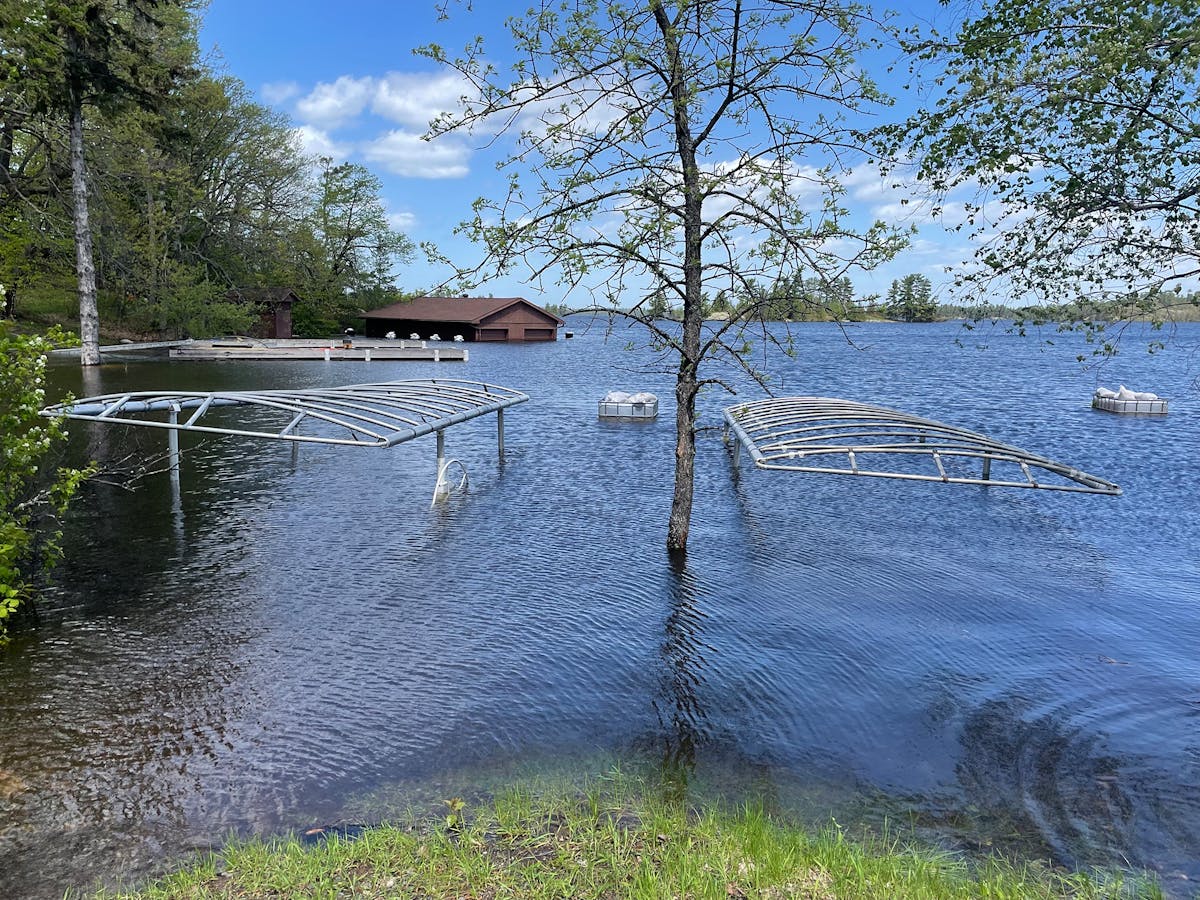Last weekend I taught "Spring Phenology In The Field," a course at North House Folk School in Grand Marais. Phenology is documenting nature's calendar, including the arrival times of various migrating birds, lake ice-outs, the blooming dates of wildflowers, harvesting times for crops, and much more.
I arrived a couple of days before class started to walk on a bit of the Superior Hiking Trail, visit with local outdoors people, and check on places for my class to visit.
In summary, Lake Superior water is a cold 37 degrees. Whitefish and herring are being caught. The bright, light emerald green of the new third-size quaking aspen, paper birch, and sugar maple leaves stand in contrast to the dark green foliage of conifers such as balsam fir, white cedar, pines, and spruces. Mixed with the white blooming serviceberry and pin cherry trees, the scene provides an outstanding patchwork of late-spring beauty in the forest.
Ruffed grouse drum, ovenbirds call "teacher-teacher-teacher," song sparrows and white-throated sparrows sing, and both herring and ring-billed gulls call. Ostrich fern fiddleheads, blooming spring beauty, marsh marigold, Dutchman's-breeches, along with the bright orange elegant sunburst lichen, provide botanical splendor.
The black flies first appeared June 1, so I recommend head nets attached to your hats if you come to the Boundary Waters Canoe Area Wilderness or Superior Hiking Trail area anytime these next two weeks or maybe even longer out.
During this part of June, we see irises and peonies blooming. Rhubarb harvest continues, and gardeners hope to be picking the first ripe strawberries. Also, more butterflies and bees are emerging, more mammals are taking first steps, fish and bird eggs are hatching, and marshes are turning green as cattail leaves are now up 4 to 5 feet. Farmers are thinking about finishing up the harvesting of the first crop of alfalfa.
Now is the time when many female turtles are leaving lakes and wetlands and crossing roads in search of higher nesting grounds. Break for turtles and show down when it's safe to do so. These females are gravid (swollen with eggs) and seek a proper place on land to dig a hole to lay their eggs. The preferred location is in the open because warmth from the sun is important for the development of the young in their eggs. The two most common turtle species in Minnesota, the snapping and painted turtles, lay 20 to 40 eggs (or four to 10 eggs, respectively, at a rate of about two per minute).
The female turtle uses her hind feet to dig out a hole as deep as her feet can reach. After the eggs are laid, she covers them with soil. Some turtles go to great pains to make the finished nest look as natural as possible so that it will not attract the attention of raccoons and other predators. If you see a fresh turtle nest, use some mosquito or other insect repellent to spray on the top of the nest. The smell of the spray should confuse the raccoons, foxes, or other predators, and they might stay clear of the eggs.
Warmth from the surrounding earth, sunlight and the local weather dictate when an egg will hatch. As much as two to three months or more will pass. The hatchling turtles then are on their own to find a lake or wetland and fend for themselves.
Jim Gilbert has taught and worked as a naturalist for more than 50 years.
Minnesota's Naz Reid wins NBA's Sixth Man of the Year award, edging Malik Monk in close vote

